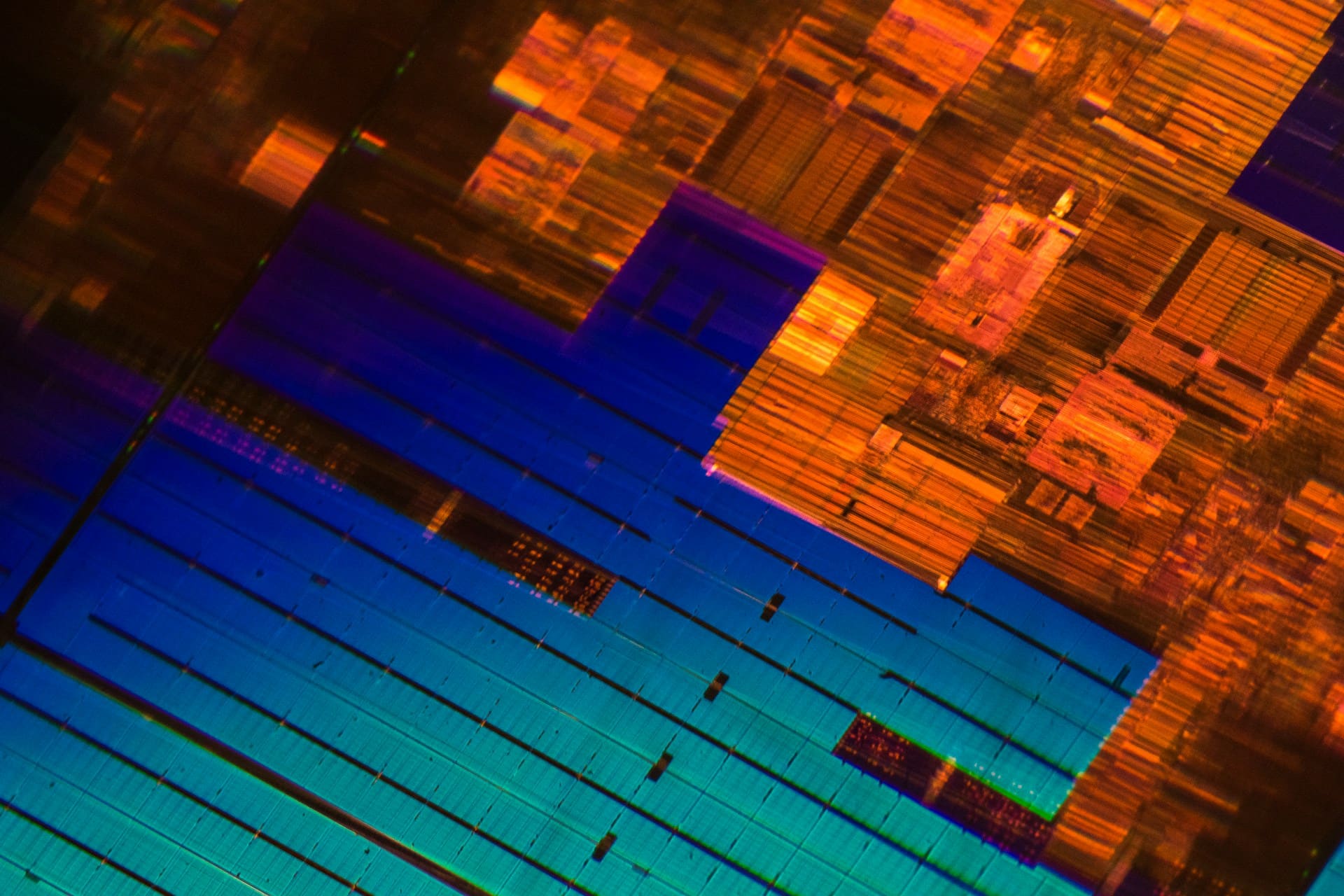In the world of technology, where miniaturization and energy efficiency are essential, terms like Dark Silicon and Dim Silicon have become pillars for understanding the current challenges in chip design. Both technologies reflect strategies used by manufacturers to cope with thermal and energy limitations that arise as manufacturing nodes advance.
What is Dark Silicon?
The concept of Dark Silicon refers to parts of a chip that cannot be active simultaneously due to power and heat constraints. This phenomenon has emerged as a result of increasing transistor density in advanced technologies, where keeping all transistors active would result in unsustainable power consumption and heat dissipation.
Main Causes
- Thermal limitations due to increased transistor density.
- Difficulties in scaling supply voltage at the same pace as transistor miniaturization.
Impact
The most evident consequence of Dark Silicon is that the full potential of the chip cannot be utilized, leaving transistors inactive to avoid exceeding thermal limits.
Mitigation Strategies
- Use of dedicated accelerators for specific tasks, such as NPUs or GPUs.
- Heterogeneous architectures that balance different types of cores.
- Advanced thermal management techniques, such as DVFS (Dynamic Voltage and Frequency Scaling).
What is Dim Silicon?
Dim Silicon takes a different approach by operating chip cores at near-threshold voltages (NTV), drastically reducing energy consumption. This allows more cores to work simultaneously within a fixed power limit, albeit with lower individual performance.
Main Causes
- Need to operate at low power in applications requiring greater parallelism.
- Difficulties in maintaining high energy efficiency in multitasking applications.
Impact
- Cores operate at lower frequencies, sacrificing per-core performance.
- In homogeneous architectures, adding more cores may not translate to a linear performance improvement.
Mitigation Strategies
- Use of heterogeneous architectures with cores optimized for specific tasks.
- Implementation of reconfigurable accelerators, such as FPGAs, for highly parallel tasks.
- Integration of additional units like NPUs (Neural Processing Units) and DSPs (Digital Signal Processors).
Comparison: Dark Silicon vs Dim Silicon
| Aspect | Dark Silicon | Dim Silicon |
|---|---|---|
| Definition | Inactive regions of the chip due to thermal and power limits. | Cores operating at low voltages to reduce consumption. |
| Main Cause | Thermal limitations associated with transistor density. | Operation near voltage threshold to save energy. |
| Performance Impact | Reduced usage of available transistors. | Active cores but with limited performance. |
| Mitigation Strategies | Accelerators, heterogeneous design, advanced thermal management. | Accelerators, heterogeneous architectures, high parallelism. |
| Scope of Application | Energy efficiency in specific areas of the chip. | Simultaneous activation of multiple cores at low power. |
The Future of Chips: Towards Smart Balance
Both technologies, although different in their approach, reflect the evolution of chip design in an environment where physical and thermal limits challenge the Moore’s Law. With increasingly complex architectures that integrate heterogeneous cores and specialized accelerators, the goal remains clear: to maximize performance and energy efficiency.
Ultimately, the development of solutions like Dark Silicon and Dim Silicon brings us closer to a future where electronic devices are more powerful, sustainable, and tailored to the demands of a constantly growing digital world.
via: professional review

